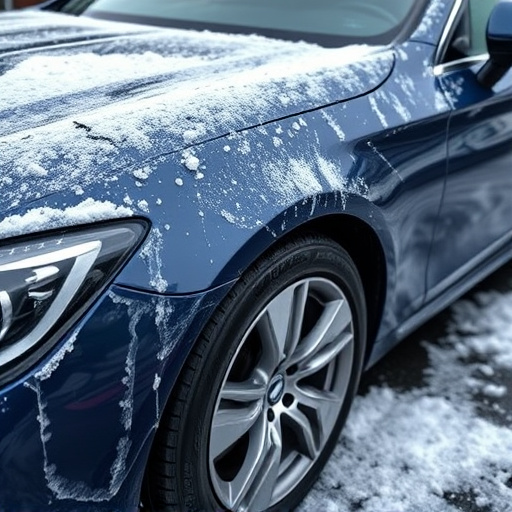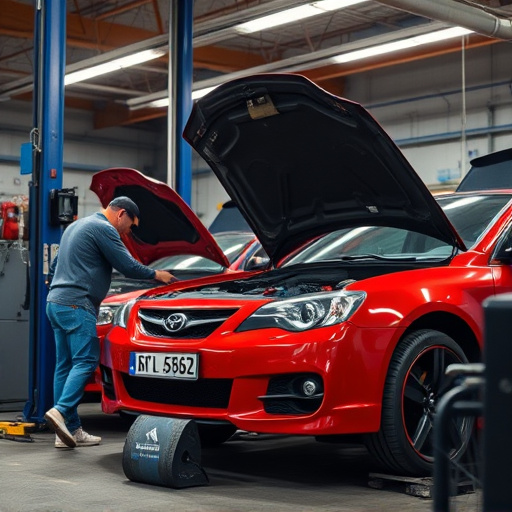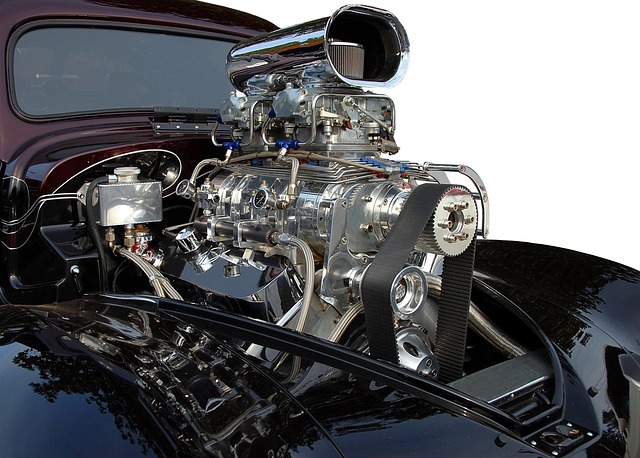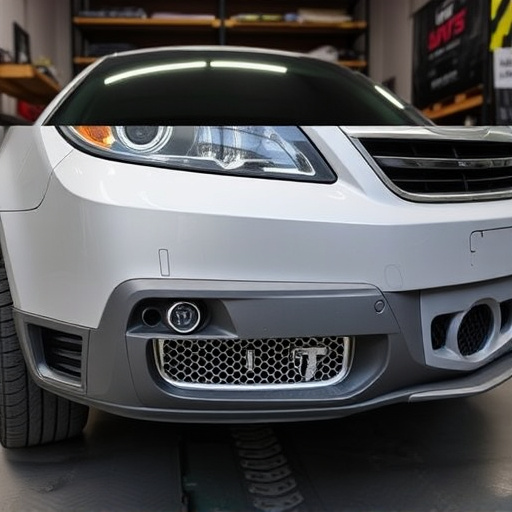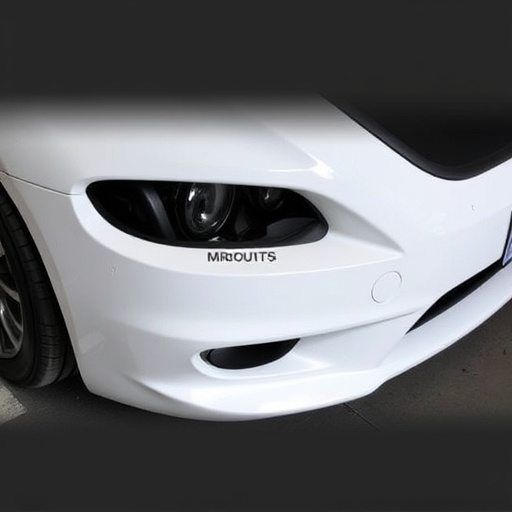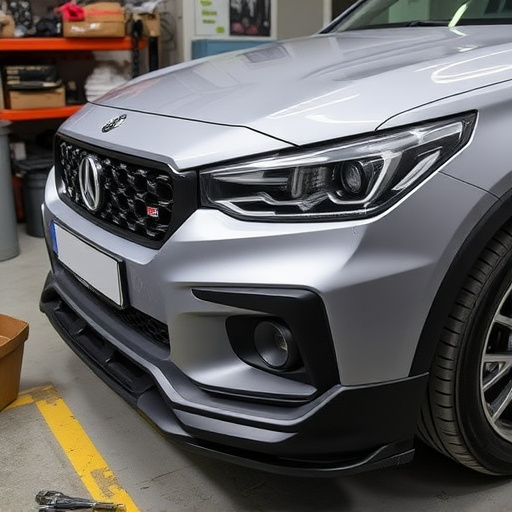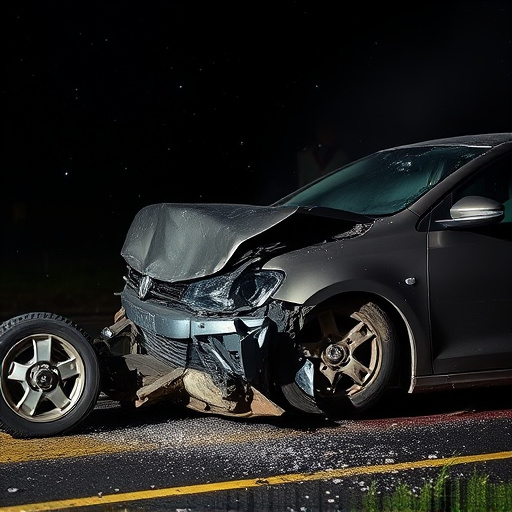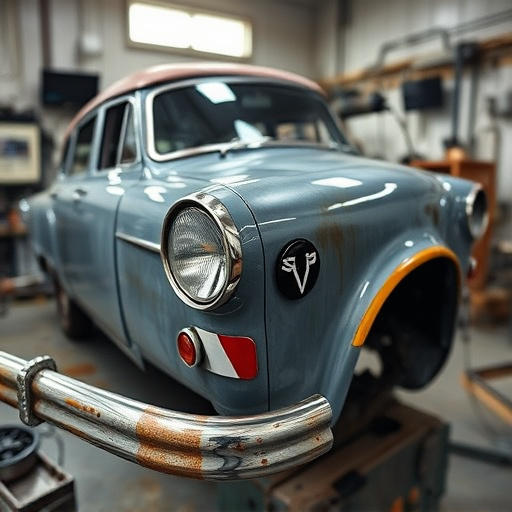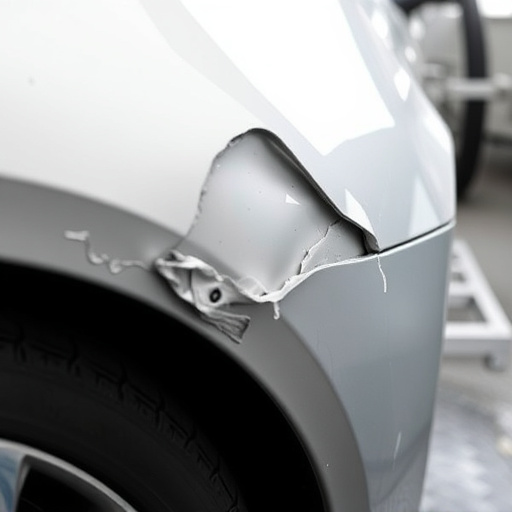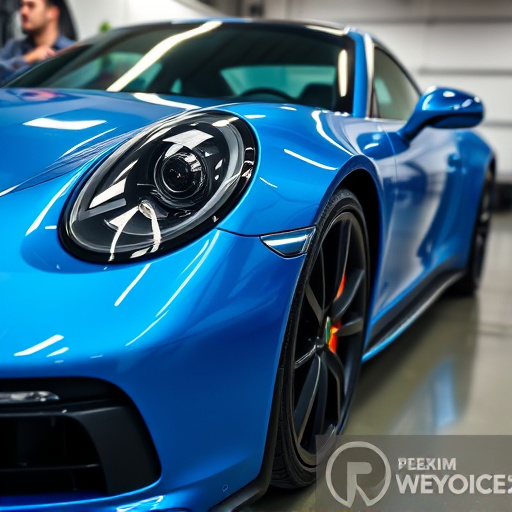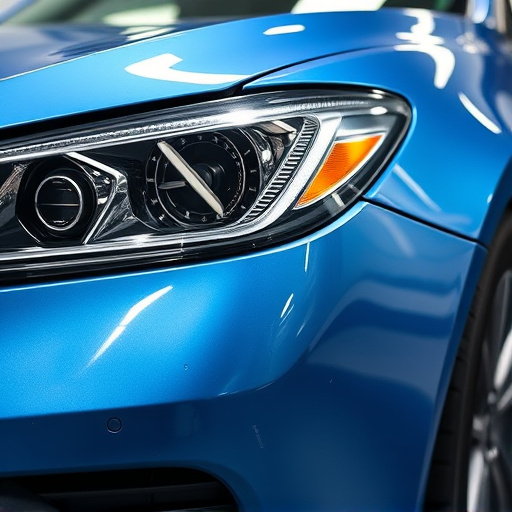Tesla vegan leather, an eco-friendly alternative to traditional animal-based leathers, is made from plant-based materials and synthetic polymers. It requires specialized repair techniques due to its unique composition. Common issues include fading, cracks, and peeling, which can be addressed through cleaning solutions, conditioning oils, professional frame straightening, and auto glass repair. Regular maintenance with protective coatings and coverups extends lifespan. This guide offers a dual approach for immediate damage resolution and long-term durability, emphasizing professional body shop services, cleaning, chemical avoidance, interior treatments, and frequent inspections.
“Tesla’s vegan leather interior has garnered attention for its innovative approach, but like any material, it faces wear and tear over time. This article delves into the intricacies of Tesla’s vegan leather construction, exploring common issues such as discoloration, cracks, and pilling. We offer practical advice on DIY repair techniques using eco-friendly products and long-term durability strategies to ensure your Tesla’s interior remains in top condition. Discover expert tips for maintaining this sustainable yet sturdy material.”
- Understanding Tesla Vegan Leather: Materials and Structure
- Common Wear and Tear Issues: Identification and Causes
- Repair Techniques and Long-Term Durability Strategies
Understanding Tesla Vegan Leather: Materials and Structure
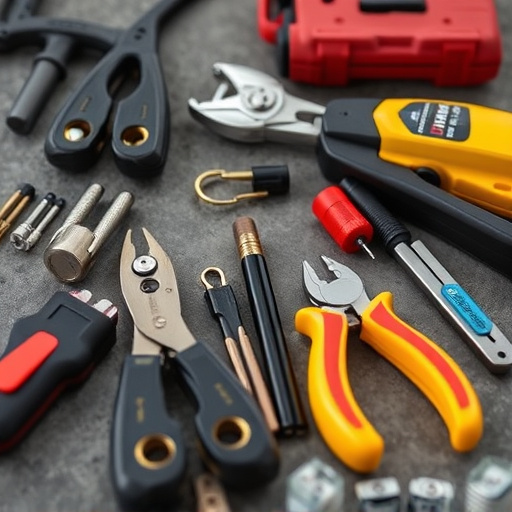
Tesla’s vegan leather is a unique material designed to offer an eco-friendly alternative to traditional leathers. Comprised of a combination of plant-based materials and synthetic polymers, this innovative fabric mimics the look and feel of leather while omitting the use of animal products. The structure typically includes a base fabric made from sustainable resources like cotton or recycled polyester, coated with a thin layer of polyurethane to provide durability and water resistance. This construction sets it apart from conventional leathers, which often rely heavily on animal skin.
Understanding the material’s composition is crucial when considering Tesla vegan leather repair. Unlike traditional auto repair services that might focus on fixing car bodywork damage, vegan leather repairs require specialized techniques due to its unique structure. Collision repair experts skilled in working with this fabric can offer tailored solutions for tears, punctures, or discoloration, ensuring long-term durability and preserving the integrity of the material.
Common Wear and Tear Issues: Identification and Causes
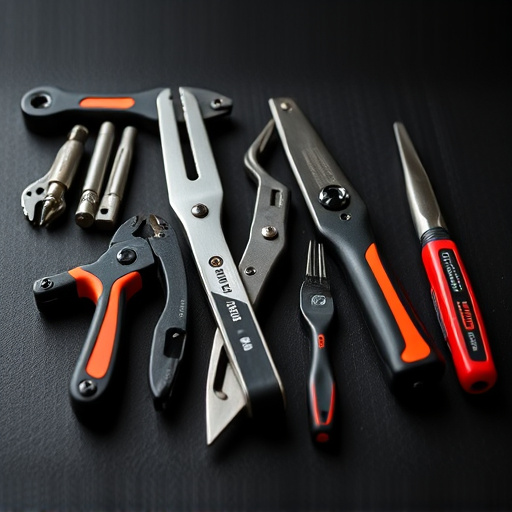
Tesla vegan leather is a popular choice for interior styling, but like any material, it’s susceptible to wear and tear over time. Common issues include fading, cracks, and peeling, often caused by exposure to UV rays, heat, and moisture. Everyday use, such as frequent hand contact and exposure to food and drinks, can also accelerate deterioration. Identifying these problems early is crucial for effective Tesla vegan leather repair.
While some minor damage can be addressed with specialized cleaning solutions and conditioning oils, more severe cases may require professional intervention. An automotive body shop equipped with the right tools and expertise can offer frame straightening and auto glass repair services to restore the material’s integrity and appearance. Regular maintenance, including protective coatings and coverups, can significantly extend the lifespan of Tesla vegan leather, ensuring it remains a stylish and durable choice for years to come.
Repair Techniques and Long-Term Durability Strategies
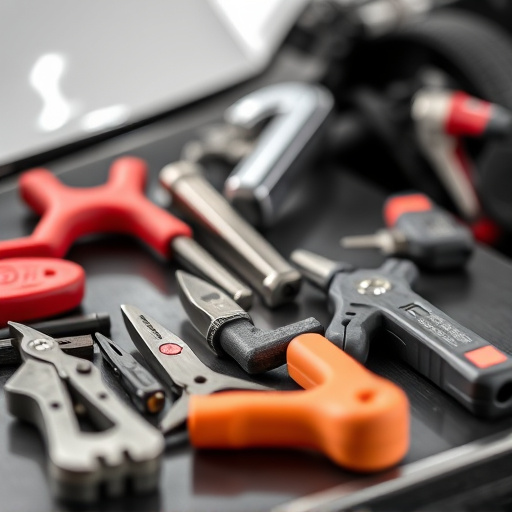
When it comes to Tesla vegan leather repair, understanding various repair techniques is key. The first step involves assessing the damage – whether it’s a tear, stain, or scratch – and selecting the appropriate fix. Simple stains can often be treated with specialized cleaning agents, while deeper tears might require more intricate automotive body work. Professional services at an experienced automotive body shop can offer expert advice and execute precise repairs for a like-new finish.
Long-term durability is a prime concern for Tesla owners. To ensure the vegan leather holds up over time, regular care is essential. This includes keeping it clean with mild detergent and avoiding harsh chemicals. Protection through treatments designed for automotive interiors can also prevent fading and cracking. Regular inspection for signs of damage allows for early intervention before issues escalate, making vehicle restoration easier and more effective.
Tesla’s vegan leather, while durable, is not immune to wear and tear. By understanding the material’s structure and common issues, owners can effectively manage and extend its longevity. Employing simple yet effective repair techniques and adopting long-term durability strategies will ensure your Tesla vegan leather remains in top condition for years to come, enhancing both its aesthetics and overall value. Remember, proper care and timely intervention are key to keeping your vehicle’s interior looking as sleek and sophisticated as the day you bought it.

